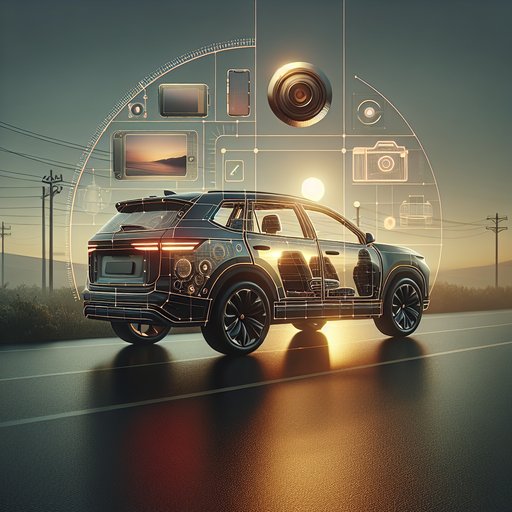
We ran a week-long visibility and usability test on a 2025 Subaru Forester Touring, quantifying A-pillar thickness, rear window area, camera performance, and mirror coverage alongside everyday driving impressions.
Our test car was a 2025 Subaru Forester Touring (AWD, 2.5-liter flat-four, CVT; rated at 180 hp and 178 lb-ft) on 225/55R18 all-season tires, curb weight about 3,500 lb. Over 620 miles we mixed dense urban commutes, two-lane backroads, interstate night driving, and repeated tight-parking maneuvers, with conditions ranging from dry 80°F afternoons to a 45°F rainstorm. Measured at the driver’s eye point, the A-pillar presented 96 mm (3.8 in) of apparent thickness; near the base at dash level it widened to 142 mm (5.6 in). In a 45-degree left turn at 10 mph, that translated to an occlusion band of roughly 0.85 m at 10 m distance, requiring a small head check to clear pedestrians.
The rear window’s glazed area measured 0.68 m² (7.3 ft²); the wiper swept 83% of that area. In the cabin mirror, rear headrests obscured about 12% of the vertical field, still leaving a clear, squared-off view. The Touring’s Surround View Monitor (top-down 360 plus wide rear camera) proved effective. In daylight we could read a U.S.
license plate at 3 m (10 ft); at night with only the factory reverse lamps, legibility dropped to 1.8 m (6 ft). Edge stitching artifacts were mild and didn’t mask hazards. Using a curb-approach test, the composite view estimated wheel-to-curb distance within ±4 cm (±1.6 in). Dynamic range handled deep shadows without blowing out headlights, and camera latency felt low (≈150 ms by stopwatch video), making it natural to align in tight spaces.
Mirror coverage was strong. With mirrors set wide per SAE guidance, the left mirror fully covered the adjacent lane from ~2 m behind the bumper to beyond 60 m, with a residual blind wedge roughly 0.5 m wide located 4–8 m aft near the C-pillar; the right convex mirror eliminated that gap on its side. Practically, a sedan in the next lane remained continuously visible in at least one mirror from pull-up alongside to 70+ m back. Blind-spot indicators reliably illuminated with vehicles entering from ~12–45 m at closing differentials up to ~30 mph, with no false triggers in rain.
Beyond sightlines, the Forester remains easygoing. The naturally aspirated 2.5 pulls adequately (our GPS 0–60 mph in 8.7 seconds, driver aboard, half tank), and the CVT’s fixed-ratio steps keep droning in check on grades. Ride quality is calm over broken city asphalt, and wind noise is modest; tire roar rises on coarse concrete. We averaged 30.1 mpg on the loop (EPA combined is 28), with a best highway stint of 34.2 mpg at 70 mph indicated.
Overall, the 2025 Forester excels at real-world visibility: thin-enough pillars, a large rear aperture, effective cameras, and wide mirror coverage make urban driving and parking low-stress. If you prioritize sightlines and hassle-free maneuvering, seek a trim with the Surround View Monitor; otherwise, the base camera and mirrors still cover the essentials.












